I remember seeing images of the Irish Hunger Memorial in Battery Park City a few years back, and was amazed by the hovering cantilevered structure holding a metaphorical ‘slice’ of Irish landscape. The Memorial, designed by internationally renowned sculptor and public artist Brian Tolle, originally opened in 2002. It is a contemplative space devoted to honor the Great Irish Hunger and Migration of 1845-1852, while encouraging viewers to contemplate present-day hunger worldwide. Over the years, it had succumbed to water infiltration from above and subsequent water damage.
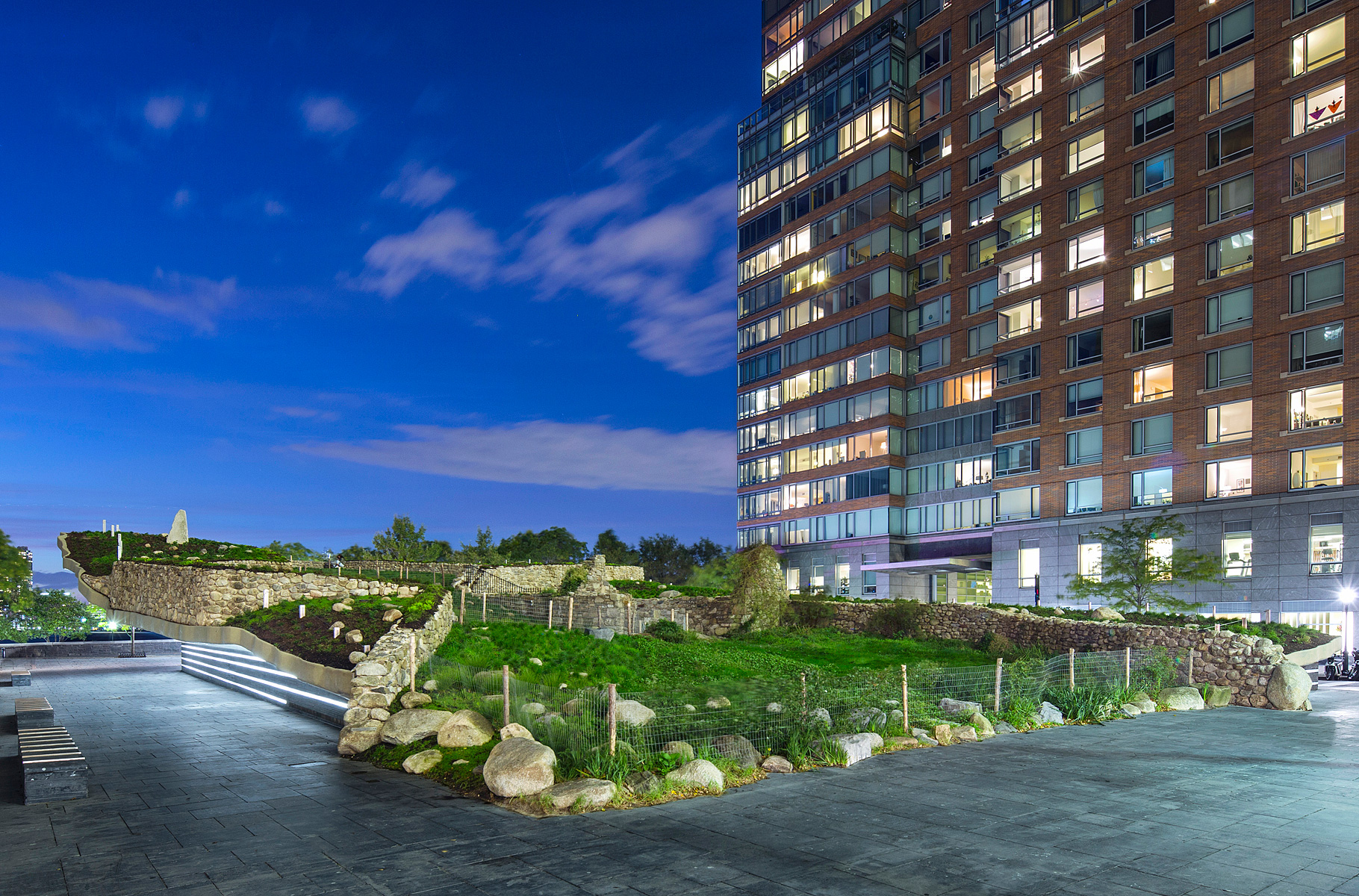
A recent restoration, working for the client Battery Park City Authority (BPCA) was done by a team including CTA Architects, construction manager The LiRo Group, landscape architects SiteWorks and contractor Nicholson & Galloway, Inc. have completed the $5.3 million renovation and waterproofing of the Irish Hunger Memorial. The project restored the monument to its former magnificence, while rendering it significantly less susceptible to damage from weather for years to come.
From the press release: “Visitors to the 96′ x 170′ Memorial wind through a rural Irish landscape, with paths carved into a hill thickly lined with native Irish plants and stones imported from each of Ireland’s 32 counties. The paths lead to a breathtaking viewing point 25 feet above street level, which boasts views of the Statue of Liberty and Ellis Island. Located centrally along the pathways is an authentic Irish Famine-era stone cottage that was donated to the Memorial by Tolle’s extended family, the Slacks of Attymass, County Mayo. It was disassembled and brought over from Ireland and reconstructed on-site, within the green “hillside” of the Memorial.”
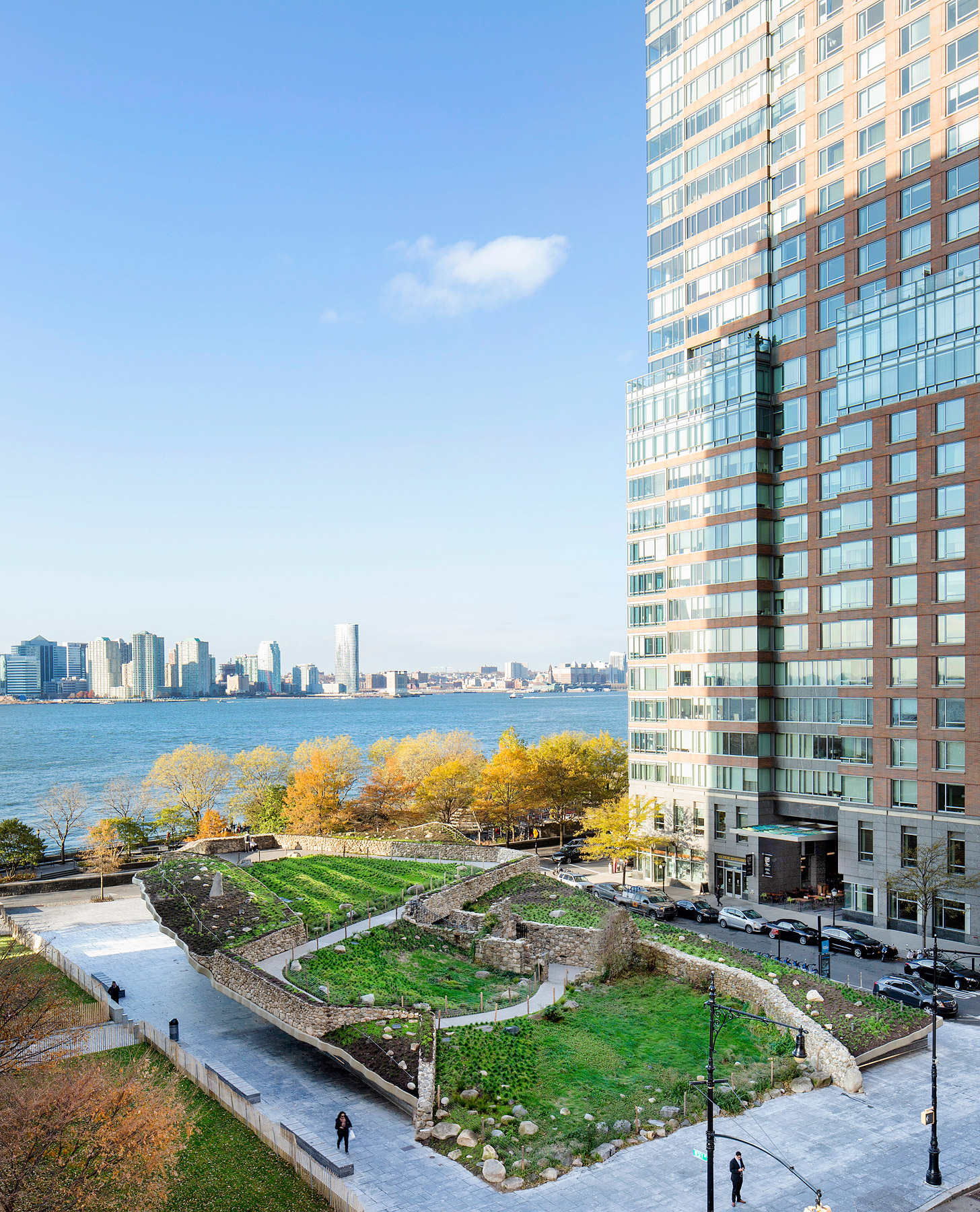
The use of indigenous Irish vegetation, contract-grown from their press release: “The main challenge of the Irish Hunger Memorial renovation was making the meadow function as a live elevated field with naturally growing plants and its own living ecosystem, despite the planted area being located on top of a waterproof concrete slab. The 7,200-square foot planted area features 90,000 plugs of grasses and 52 different types of plants native to Ireland.” These included “…four primary categories of plants: herbaceous annuals and perennials (19 different varieties, from 242 quarts of Geranium sanguineum to 522 quarts of Ranunculus acris “Multiplex”); grasses, rushes, and sedges (18 types, including 529 plugs of Carex shortiana); dwarf shrubs and woody plants (eight varieties, including 1,216 quarts of Calluna vulgaris “Kinlochruel”); and vines (six Clematis vitalba at the cottage).”
The matrix for this plantings was the restoration of the soils, which had lost their stratification over time. From the press release: “…the soils system was comprised of three zones that mimicked natural soil profiles, namely a sand drainage layer, a combination of existing drainage layer soil and sub-base soil, and a new engineered topsoil layer.” As seen below, the ‘furrows’ are a major site element, and the team did extensive site survey to assess pre-construction topography and restore these features along with the range of vegetation above.
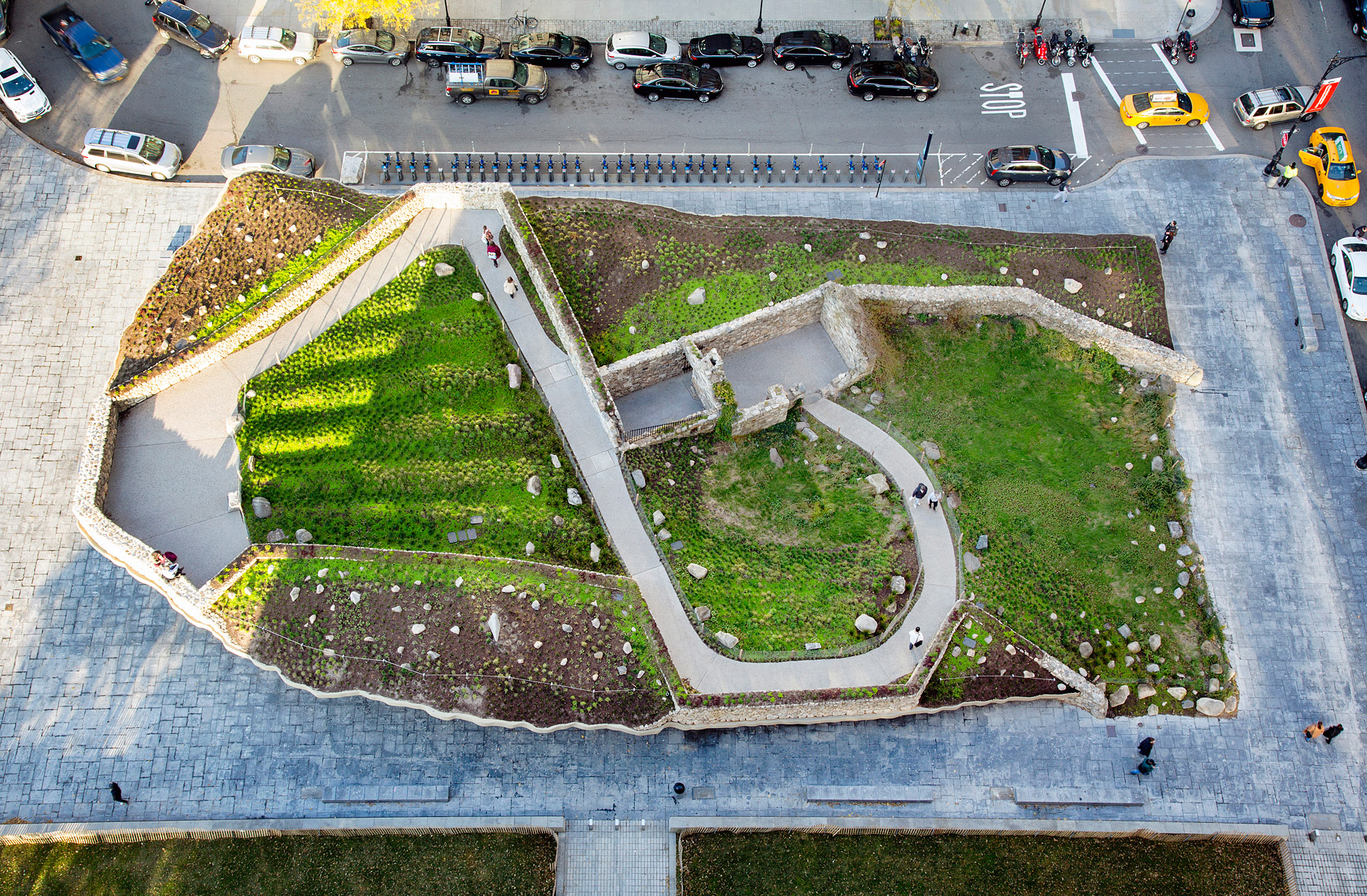
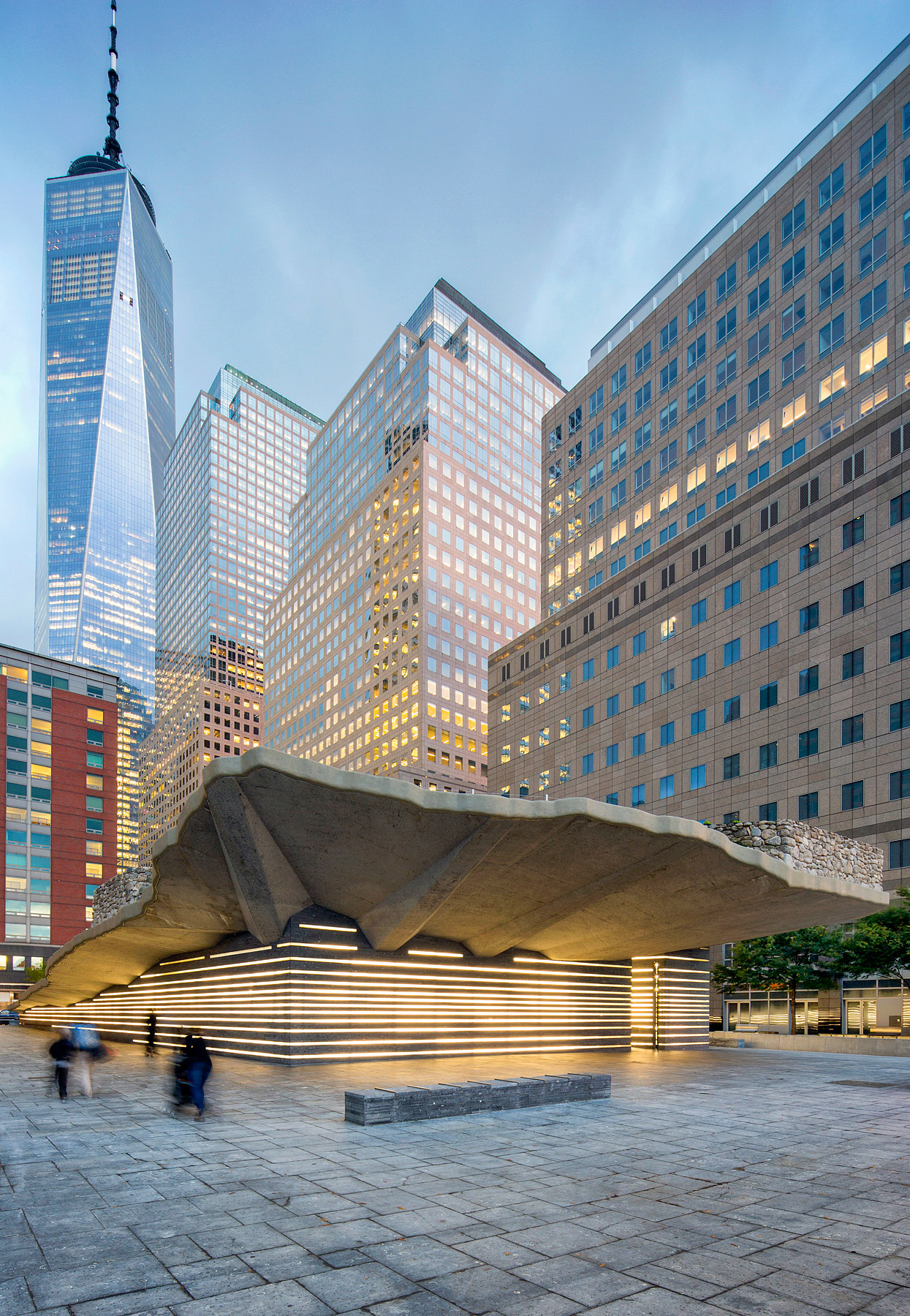
All Photos by Edward Menashy – images provided via press release from Wilk Marketing
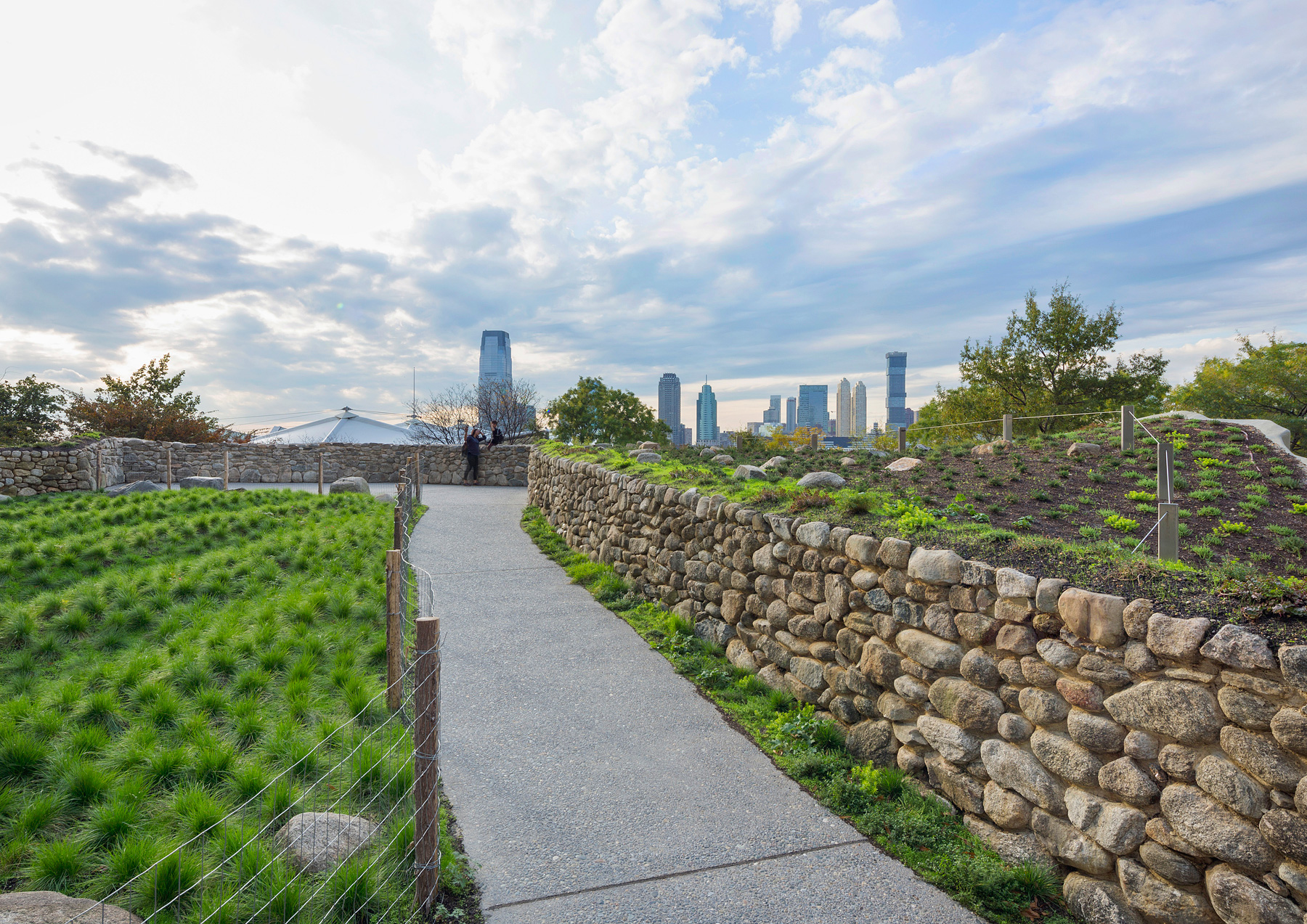
This is very disturbing. There were no environment assessments done. Greenpeace was not consulted. This vegetation and it is removal may affect greenhouse gas emissions. Was this vegetation have any toxicology? We constantly interfere with our environment, destroying it for short term economic gains, without foresight on what we are doing. Peace